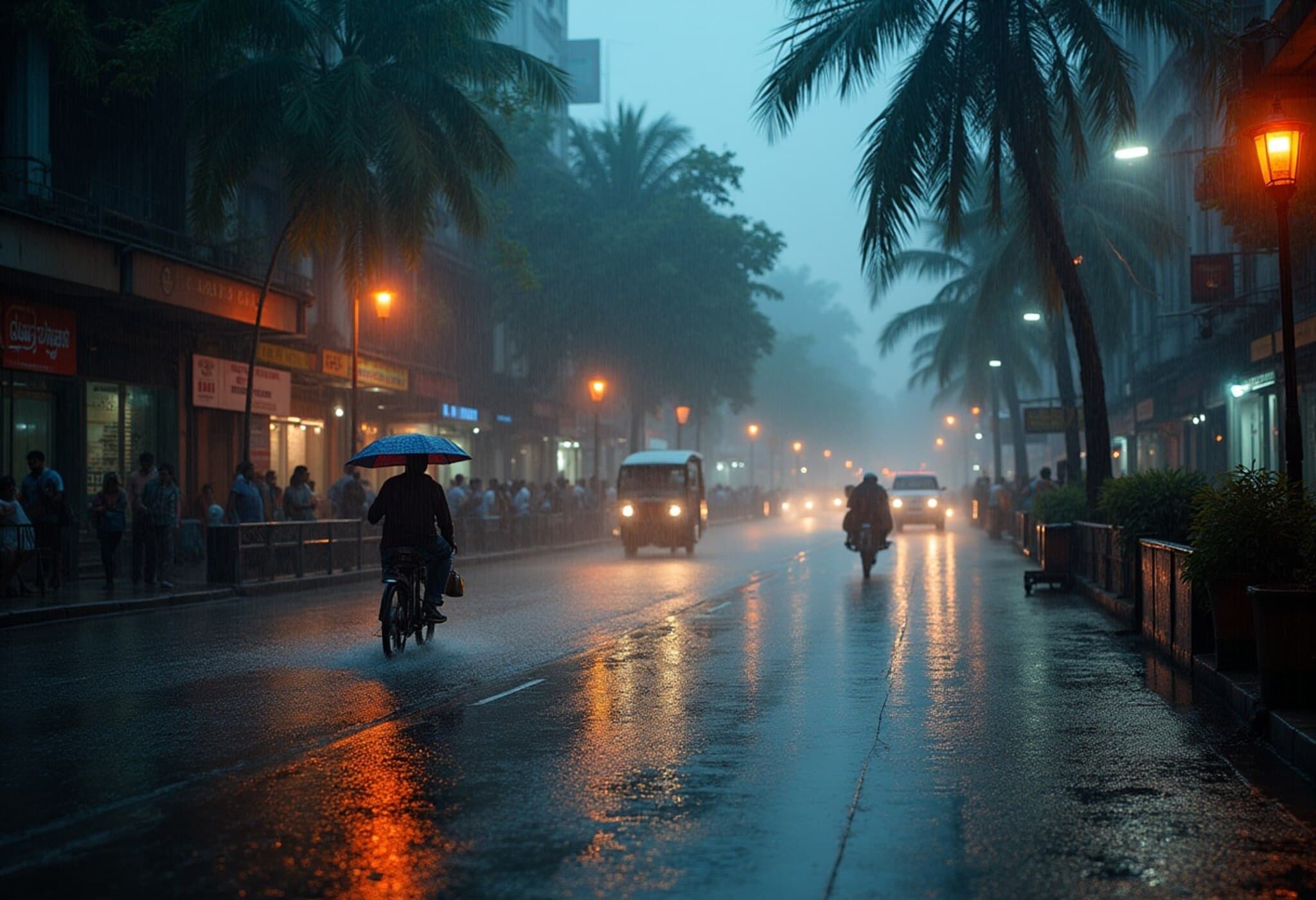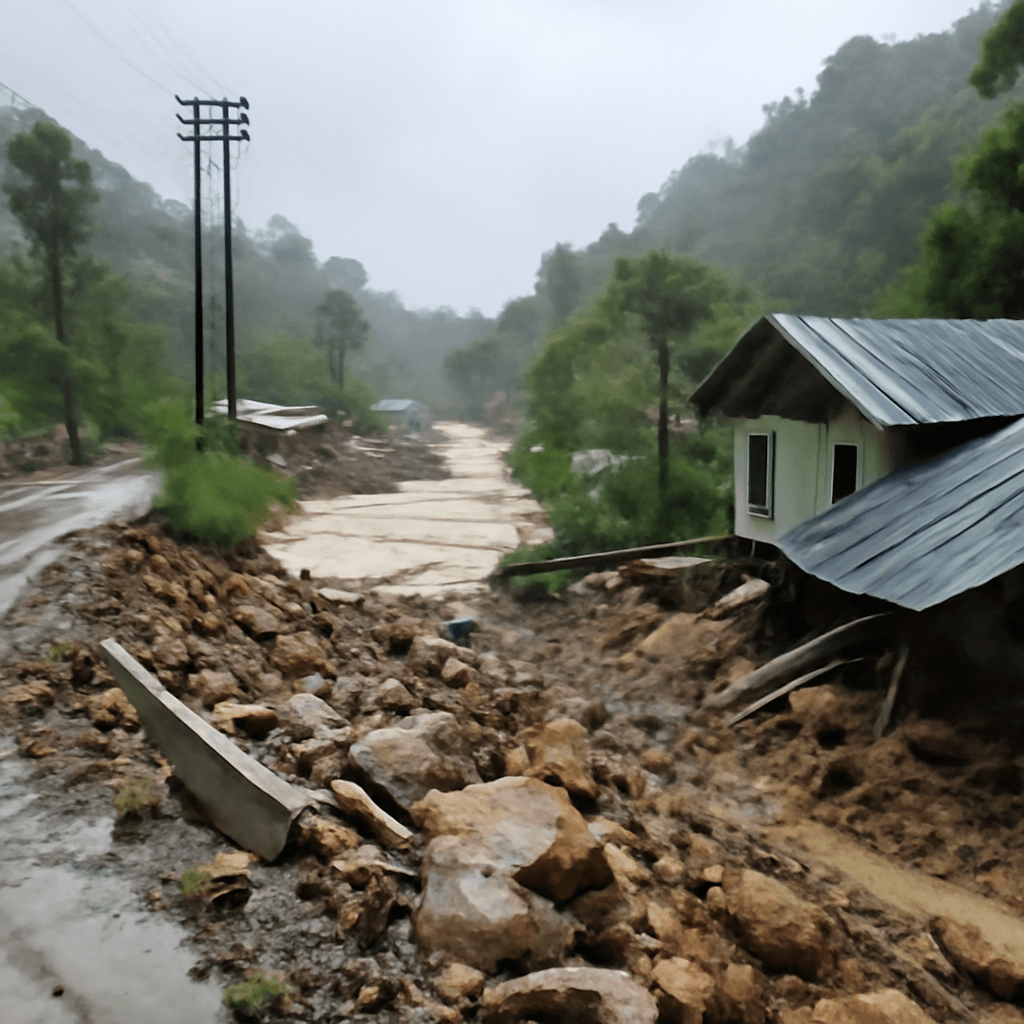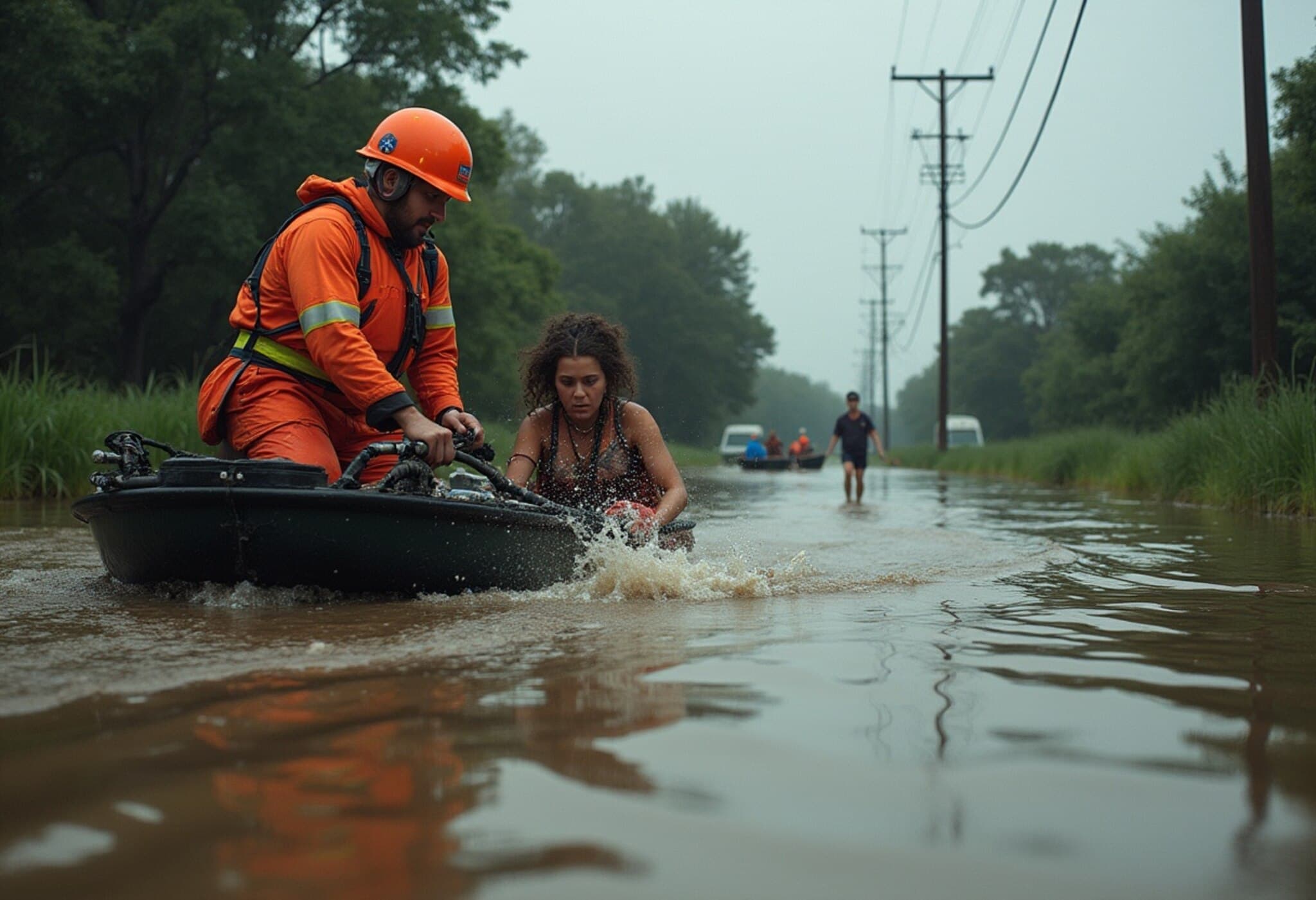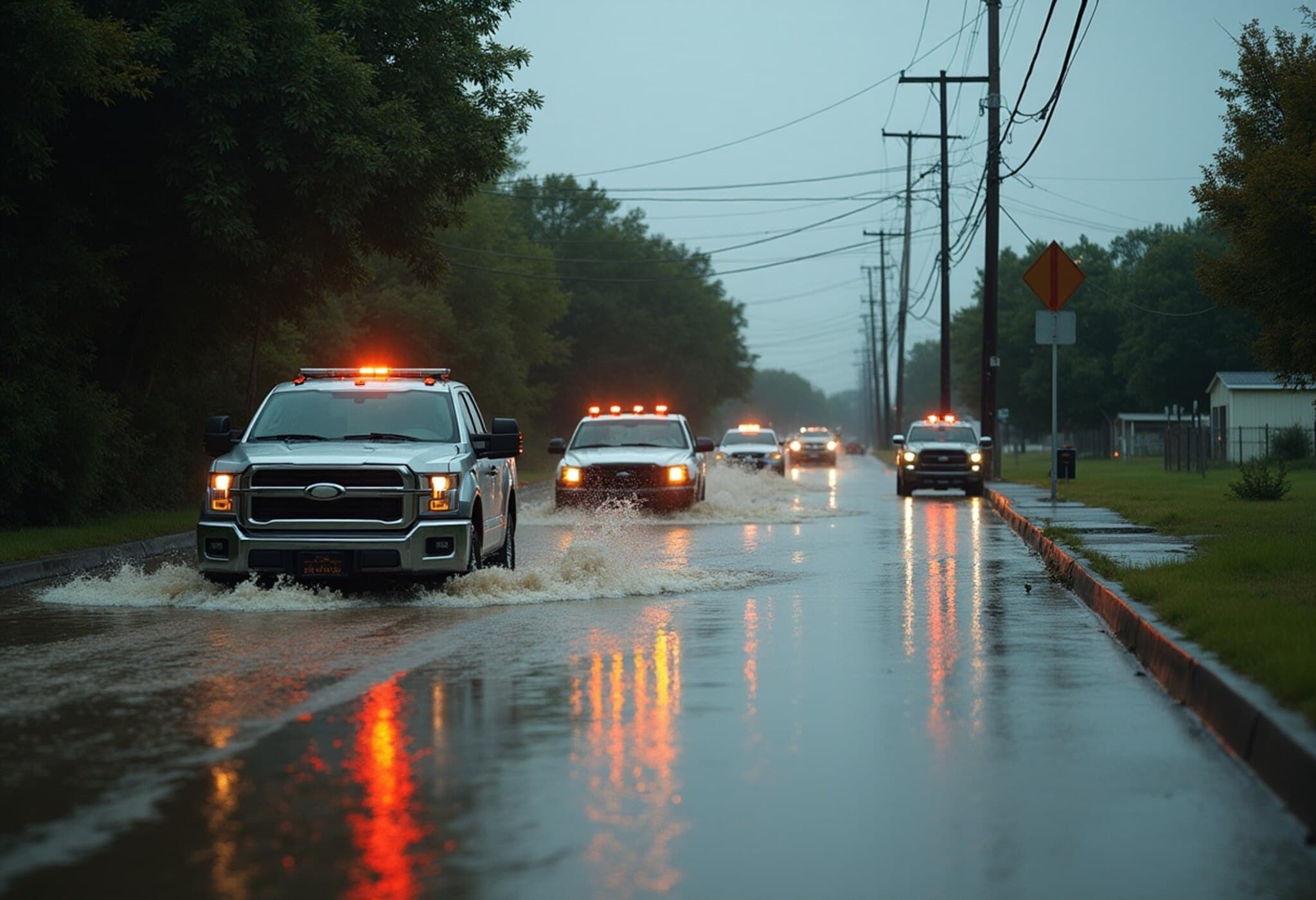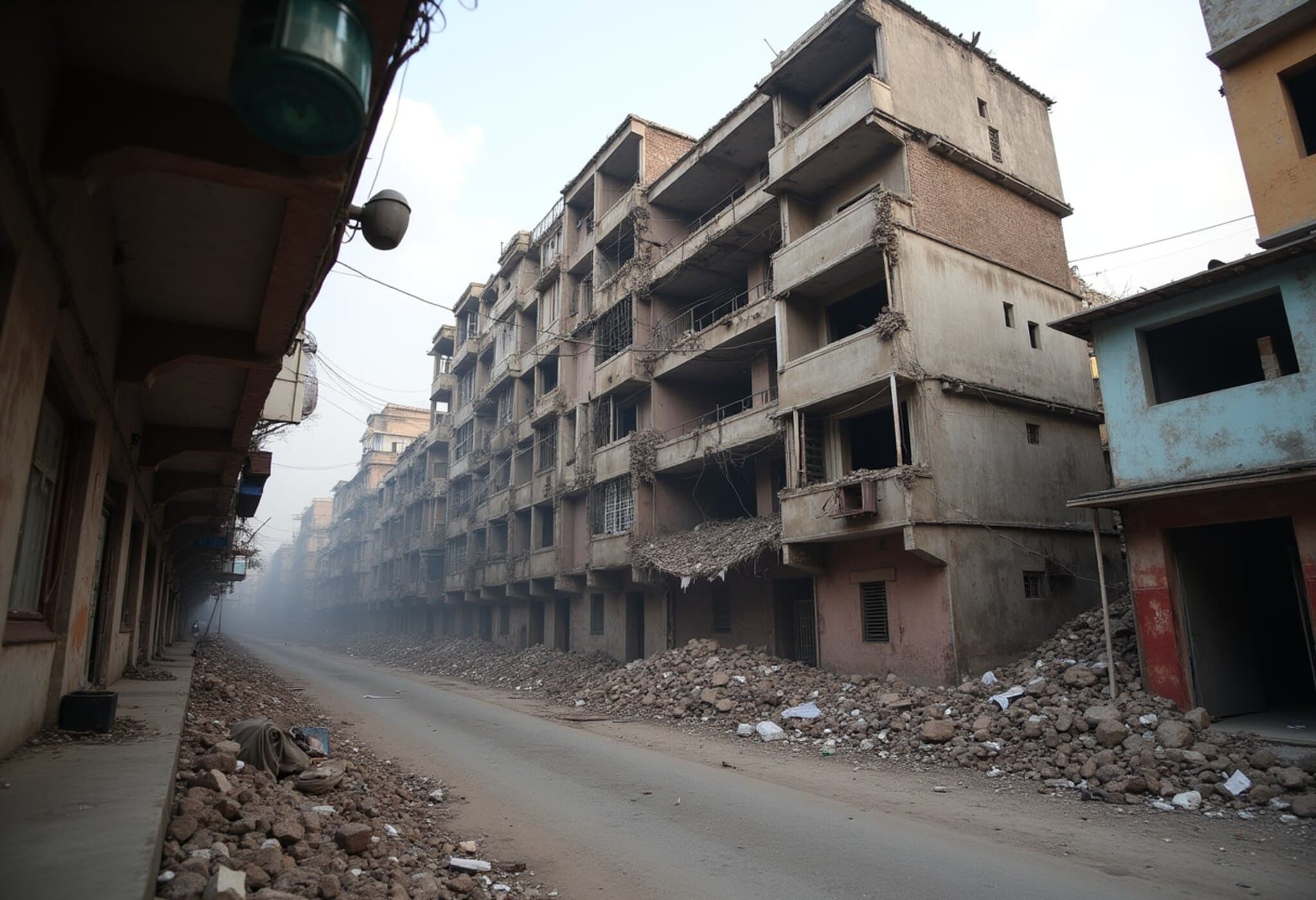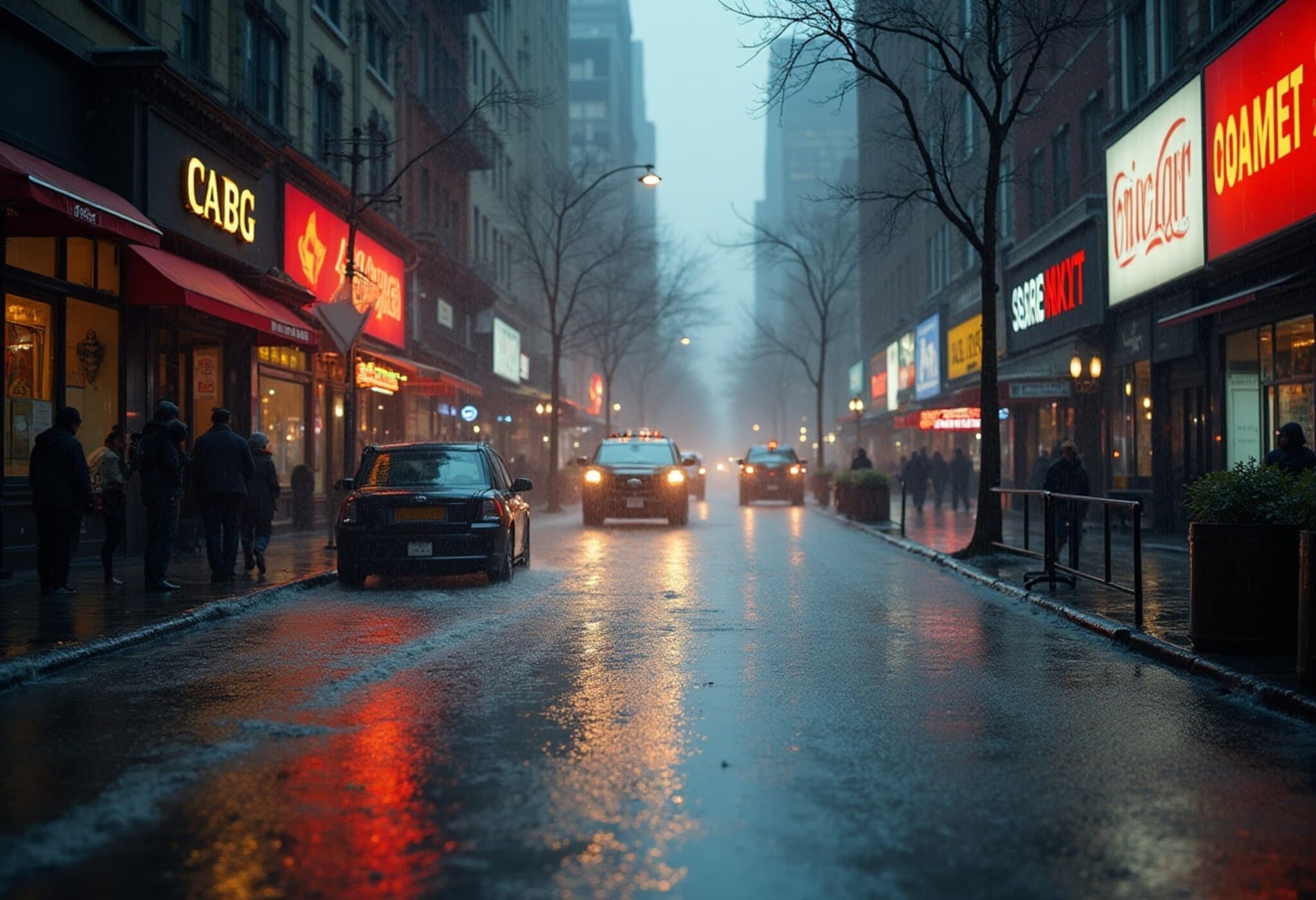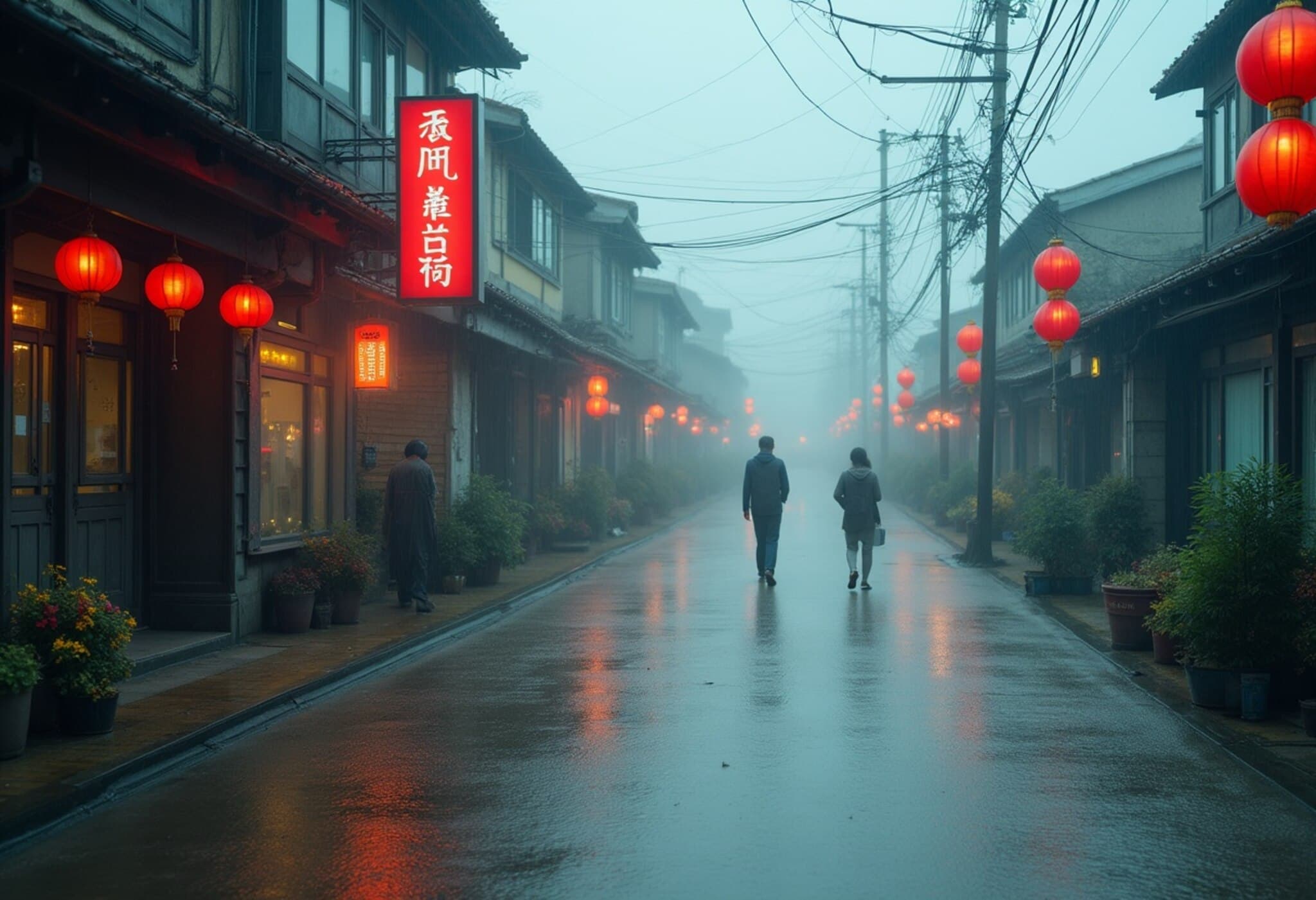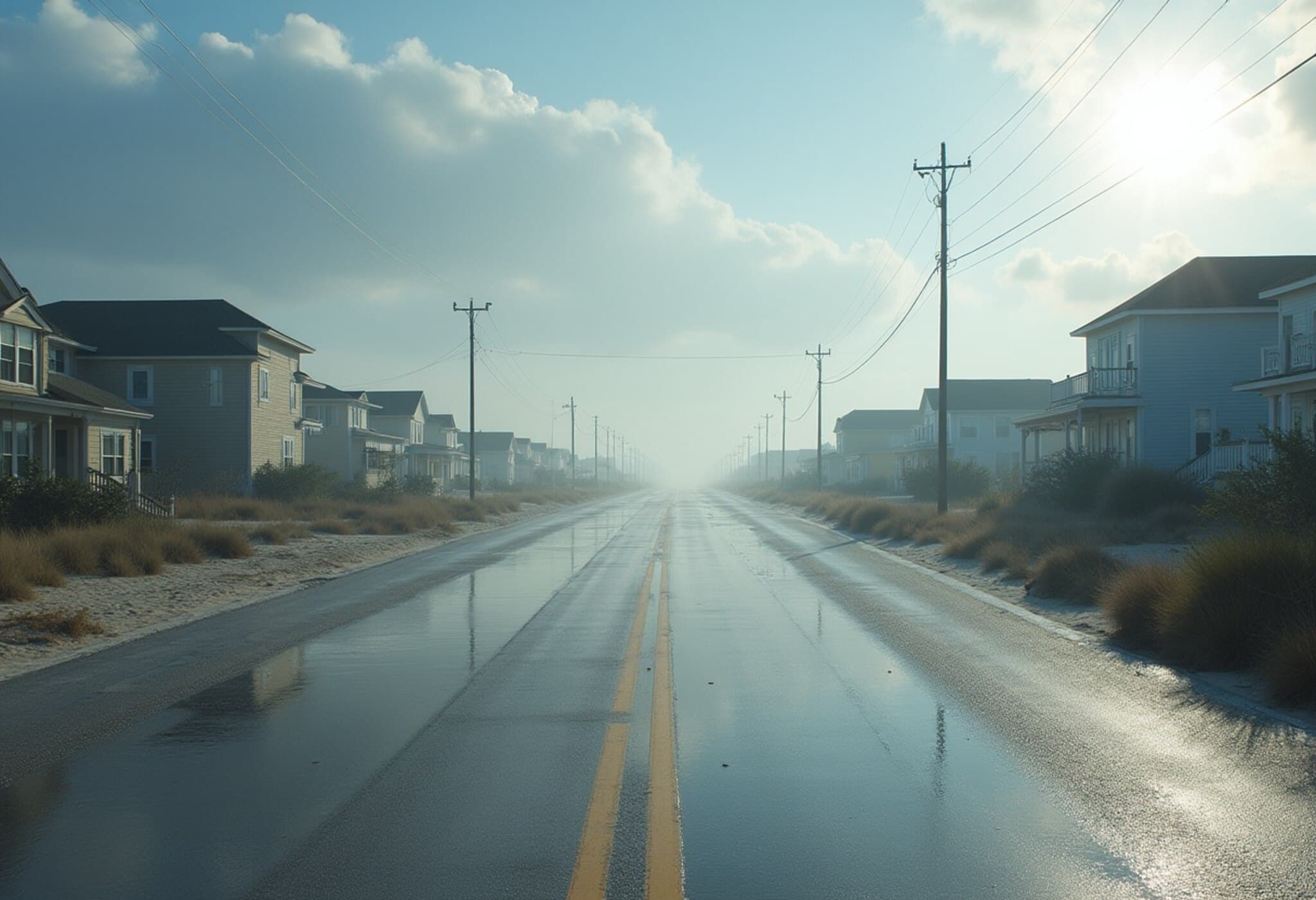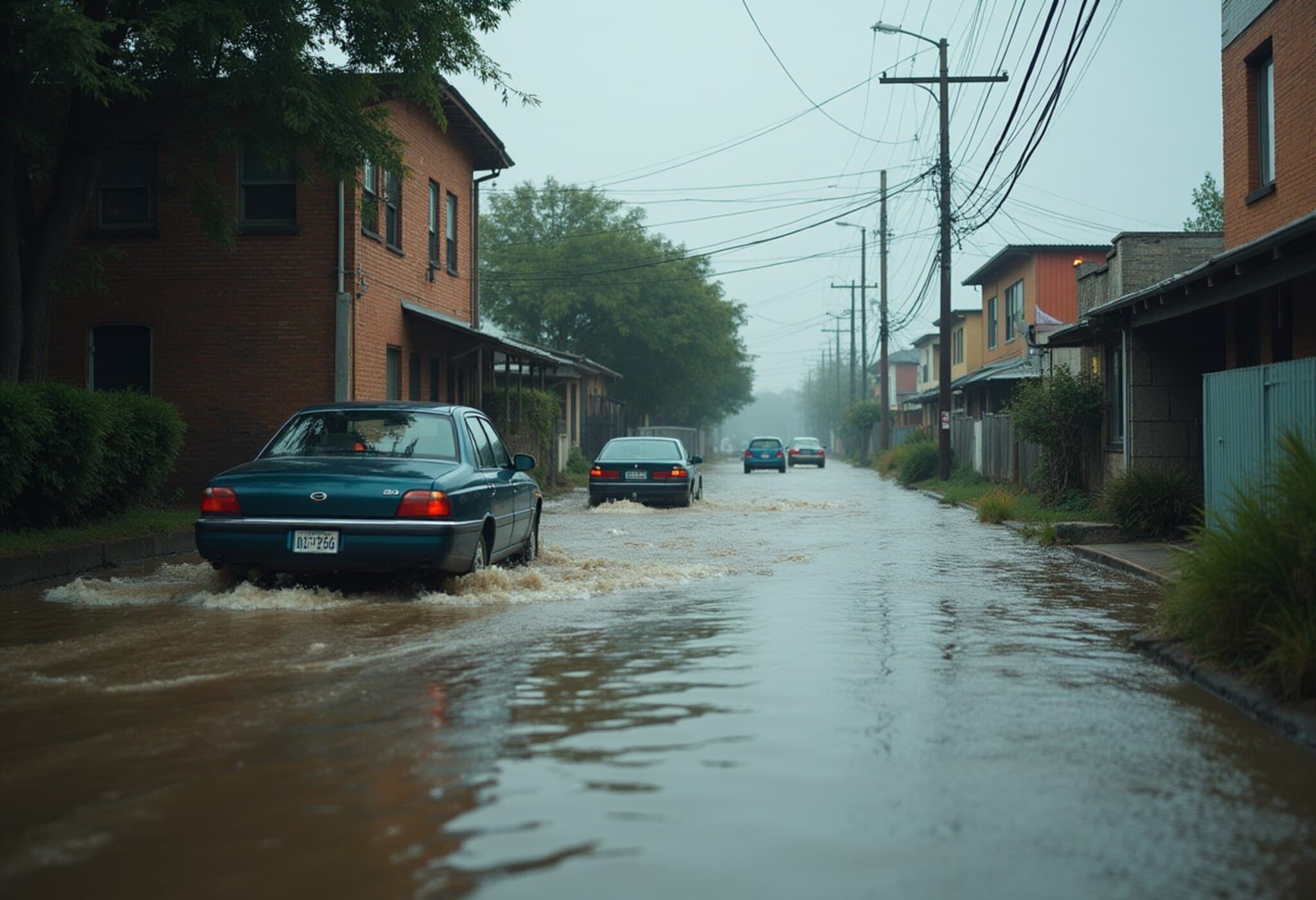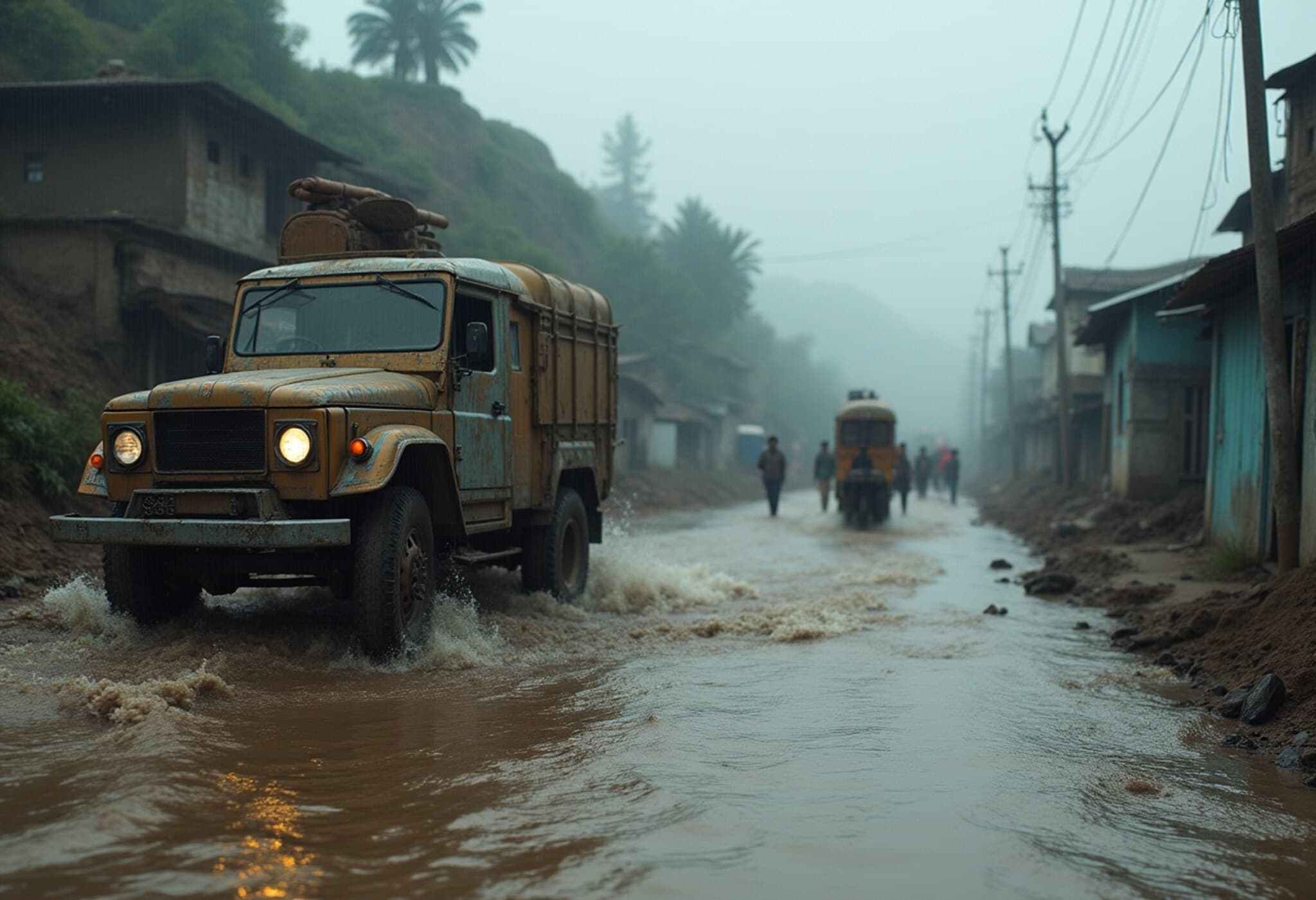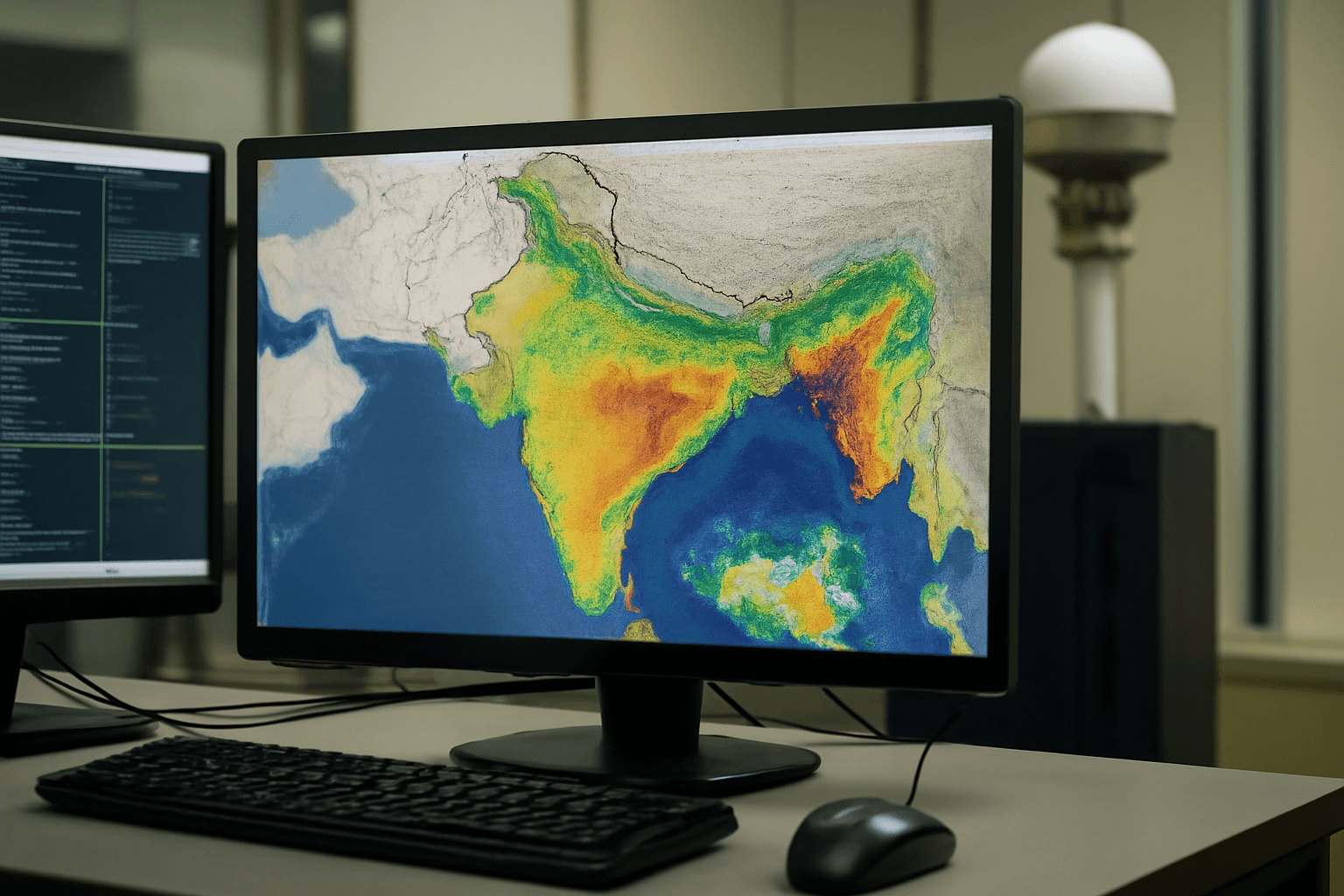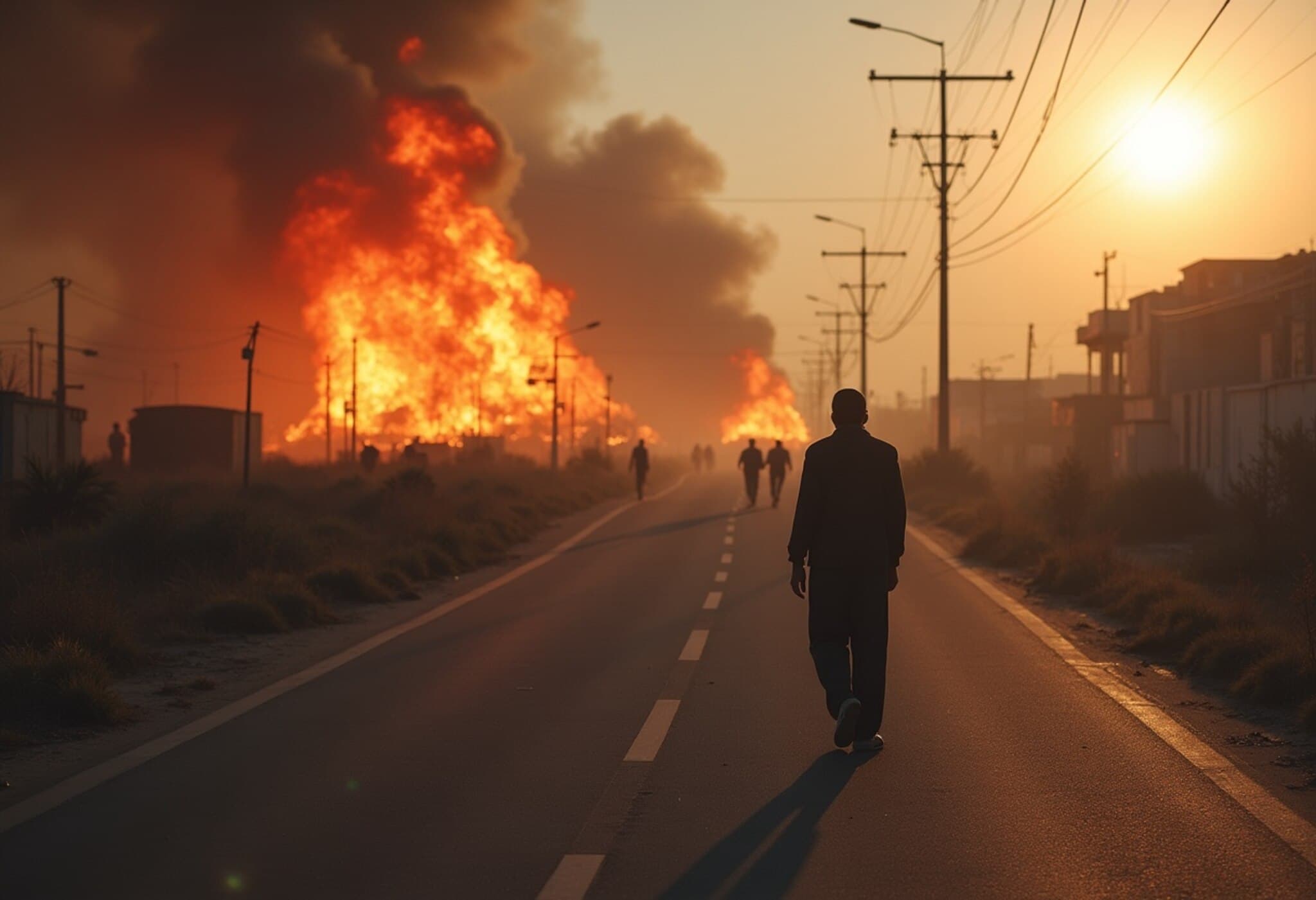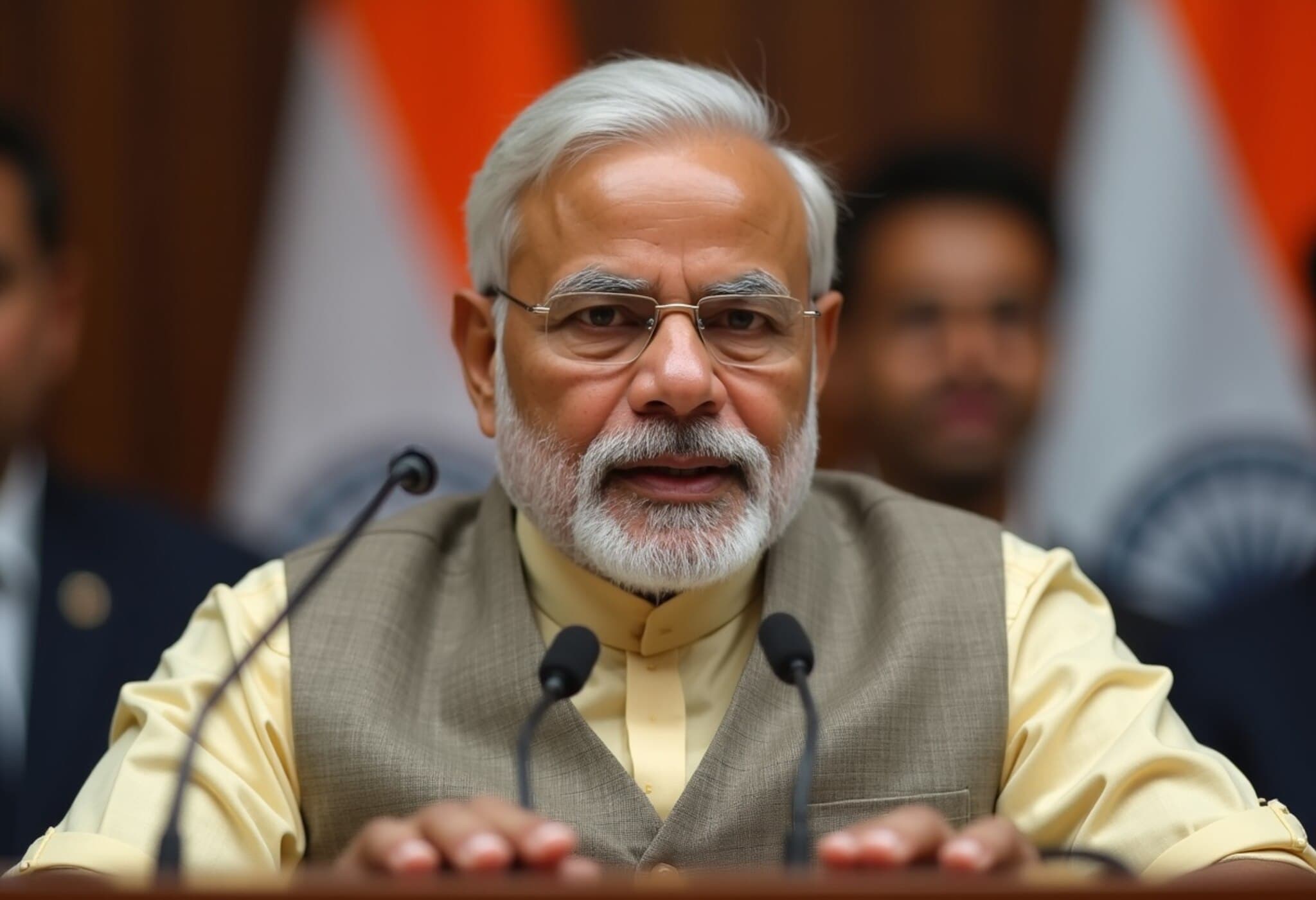Relentless Downpour Triggers Severe Waterlogging Across Mumbai
In the early hours of Saturday, Mumbai was once again at the mercy of the monsoon, with heavy rains pounding the metropolis and its suburbs. The India Meteorological Department (IMD) has issued a red alert for Mumbai and Raigad districts, signaling an intense phase of monsoon showers expected to continue over the next few days.
The overnight deluge led to widespread waterlogging, crippling daily life and flooding key transit points. Areas like Dadar and Bandra faced inundated railway tracks, causing significant travel disruption. Meanwhile, Navi Mumbai’s streets, particularly in Vashi, resembled shallow rivers with residents wading through knee-deep water.
Visuals of Flooded Mumbai Stir Concerns
Iconic parts of the city, including Kings Circle and Gandhi Market, were submerged, hindering movement. Subways in Andheri and Milan were also flooded, while vehicles struggled to traverse waterlogged stretches near the Santacruz-Chembur Link Road (SCLR) Bridge. The intense rains, measured between 1 a.m. and 4 a.m., saw Marol Fire Station recording a staggering 207 mm of rainfall, with Santacruz close behind at 202 mm.
Landslide in Vikhroli Turns Deadly
Amid the relentless rain, tragedy struck in Vikhroli's Jankalyan Society when a sudden landslide destroyed a hut just before dawn at 2:39 a.m., claiming two lives and injuring two more. This incident spotlights a recurring urban vulnerability where rapid, unmanaged development on unstable terrain puts lives at risk during intense monsoon storms.
Expert Insight: The Urban Planning Challenge
Experts emphasize the need for Mumbai’s authorities to strengthen landslide risk assessments and enforce building regulations rigorously, especially in hills and marginal settlements. As Mumbai grapples with climate change-fueled erratic monsoon patterns, such disasters may sadly become more frequent unless sustainable urban measures are implemented.
Widespread Alerts and Precautions Issued
- IMD has issued an Orange Alert for Thane and Raigad and a Yellow Alert for Palghar through August 19.
- Weather models predict continuing heavy rain over western Maharashtra, including Mumbai, for the next 72 to 96 hours.
- Mumbai Police has strongly urged residents to avoid non-essential travel amid waterlogging and poor visibility.
Safety remains paramount as municipal authorities mobilize to manage the waterlogging and ensure timely rescue and relief operations for affected neighborhoods. The ongoing rains have put Mumbai’s infrastructure resilience to a stern test, reminding all of the urgency to invest in climate-adaptive urban planning.
Regional Context: Mumbai’s Monsoon Resilience Under the Microscope
Mumbai, home to over 20 million people, confronts unique challenges during the monsoon season, balancing rapid urbanization with its coastal geography. The recurrence of severe rains magnifies longstanding concerns about drainage capacity, land-use planning, and emergency preparedness. The recent rains add urgency to calls for innovative solutions — including green infrastructure and enhanced early warning systems — to build a safer Mumbai for its residents.
Takeaway
As Mumbai reels under relentless monsoon fury, the tragic landslide in Vikhroli serves as a somber reminder of the delicate interplay between nature and urban growth. Enhanced vigilance, proactive policymaking, and community engagement will be vital as the city braces for ongoing rainfall.
Editor's Note:
While heavy rains and waterlogging are familiar seasonal challenges for Mumbai, the increasing intensity of monsoon events calls for renewed focus on urban resilience and disaster readiness. Authorities and citizens alike must ask: Are existing infrastructure and emergency protocols built to endure climate-induced stresses? Moreover, how can sustainable urban planning be prioritized to prevent avoidable tragedies like the Vikhroli landslide? This moment offers a crucial opportunity to rethink Mumbai’s monsoon preparedness in a warming world.

